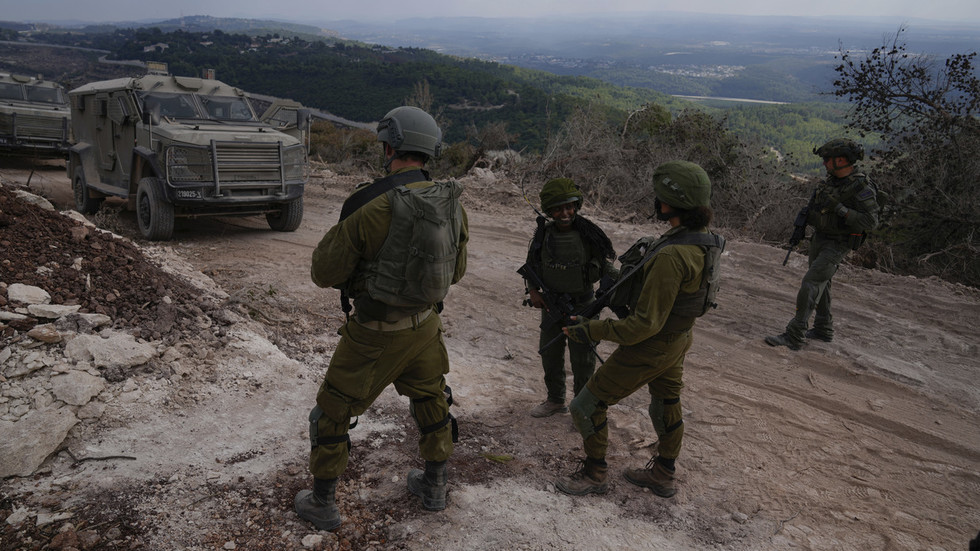The Israeli Defense Forces (IDF) recently announced that they executed a ground raid in Syria with the objective of detaining a so-called “terrorist operative” associated with Iran. This development marks a significant escalation as it is the first admission of IDF ground operations in Syrian territory since the intensification of conflict in the region that began last year. The timing of the announcement coincides with Israel’s increased military operations against the Hezbollah movement in Lebanon. Although the IDF did not disclose specific details regarding the timing of the operation, a Syrian pro-government radio outlet claimed that a “kidnapping operation” had occurred over the summer, suggesting a premeditated campaign by Israel to thwart threats from Iranian proxy groups in the region.
The individual targeted during the raid is identified as Ali Soleiman al-Assi, a Syrian resident reportedly involved in an Iranian-backed terror network. He was accused of gathering intelligence on Israeli military operations and coordinating potential attacks against Israeli targets from his base in Saida, which is relatively close to the Israeli border. The IDF emphasized its commitment to preventing Iranian proxies from destabilizing southern Syria and posing risks to its civilian population. This incident is part of a broader pattern over the past year where Israel has executed multiple airstrikes in Syria, primarily aimed at Iranian military officials and Hezbollah operatives, showcasing Israel’s ongoing efforts to dismantle threats emanating from its northern neighbors.
Israel’s military campaign has escalated in complexity, especially after the launch of Operation Northern Arrows in September. This operation targets various Hezbollah assets located in southern Lebanon, and the IDF claims to have successfully neutralized many of Hezbollah’s top military figures. Among the alleged casualties is the long-standing leader of Hezbollah, Hassan Nasrallah, and other prominent figures within the organization. This approach suggests a strategic shift toward direct confrontation with Hezbollah, as Israel seeks to diminish the operational capabilities of the group while extending its influence in the region amid rising tensions.
In addition to actions taken within Syria and Lebanon, Israel has also broadened its military engagements to directly strike Iranian interests. An example of this included an airstrike targeting the Iranian embassy complex in Damascus that resulted in multiple fatalities, comprising both Iranian military personnel and Syrian civilians. This operational breadth indicates a shift in Israeli military doctrine, moving towards preemptive strikes against Iranian assets in Syria, particularly as relations between Israel and Iran grow increasingly antagonistic.
The backdrop of these military escalations occurs amid a context of intensified regional violence, culminating in Iranian missile strikes aimed at Israel. In response to these operations and the ongoing threat perceived from Tehran, Israeli military responses have escalated, including retaliatory strikes against Iranian military infrastructure. Reports hint at the possibility that Iran may seek to retaliate further before the upcoming U.S. presidential election, indicating an urgency to address perceived threats to its national security that could have broader implications for Israel and its allies in the region.
The geopolitical landscape in the Middle East continues to shift dramatically as Israel adopts a more proactive military posture against threats from both state and non-state actors. The recent IDF operation in Syria exemplifies new tactical considerations, focusing on ground operations that were previously undisclosed. As tensions simmer, the potential for escalated conflicts looms large, highlighting the fragile nature of peace and stability in a region characterized by complex alliances and historical animosities. Consequently, the ongoing developments not only affect Israel and Syria but resonate throughout the broader Middle Eastern theater, where the interplay of power dynamics continues to shape geopolitical realities.

